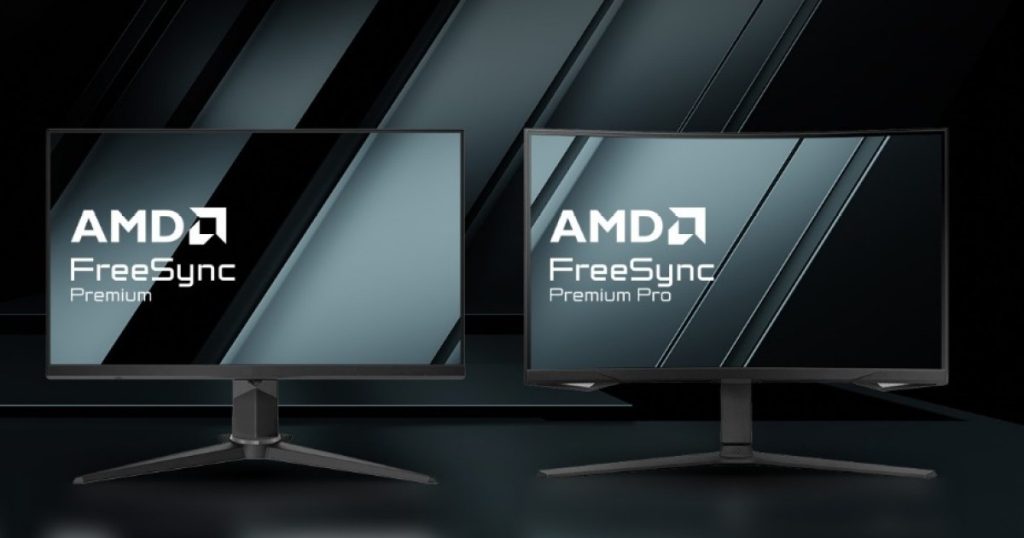AMD has recently updated its FreeSync adaptive sync technology requirements, a significant change that impacts the future of gaming monitors. In the past, the base tier of FreeSync did not have specific refresh rate requirements for monitors. However, with this update, AMD has introduced new standards that are in line with the latest trends in monitor technology.
When FreeSync was initially introduced in 2015, most users were using 60Hz monitors. Today, higher refresh rates have become the norm, with almost all top monitors offering refresh rates over 120Hz.
While lower refresh rate displays are still available, the market now predominantly offers alternatives with 144Hz or higher refresh rates.

Get your weekly teardown of the tech behind PC gaming
In their blog post, AMD acknowledges the market shift and announces updated requirements for FreeSync, FreeSync Premium, and FreeSync Premium Pro.
| Laptops | Monitors and TVs | |
| FreeSync | Max. refresh rate: 40-60Hz | < 3,440 Horizontal resolution: Max. refresh rate > 144Hz |
| FreeSync Premium | Max. refresh rate: > 120 Hz | < 3,440 Horizontal resolution: Max. refresh rate: > 200 Hz
> 3,440 Horizontal resolution: Max. refresh rate: > 120 Hz |
| FreeSync Premium Pro | The same as FreeSync Premium, plus AMD FreeSync HDR | The same as FreeSync Premium, plus AMD FreeSync HDR |
The updated requirements for FreeSync are a reflection of the current monitor landscape. Monitors with lower refresh rates are still available, but for optimal performance, it is recommended to choose displays with at least 144Hz refresh rates. The new standards set by AMD ensure that consumers have access to high-quality displays with improved performance.
While monitors with lower refresh rates will still be produced, they will no longer receive FreeSync support, signaling a positive shift in the industry.
Editors’ Recommendations


